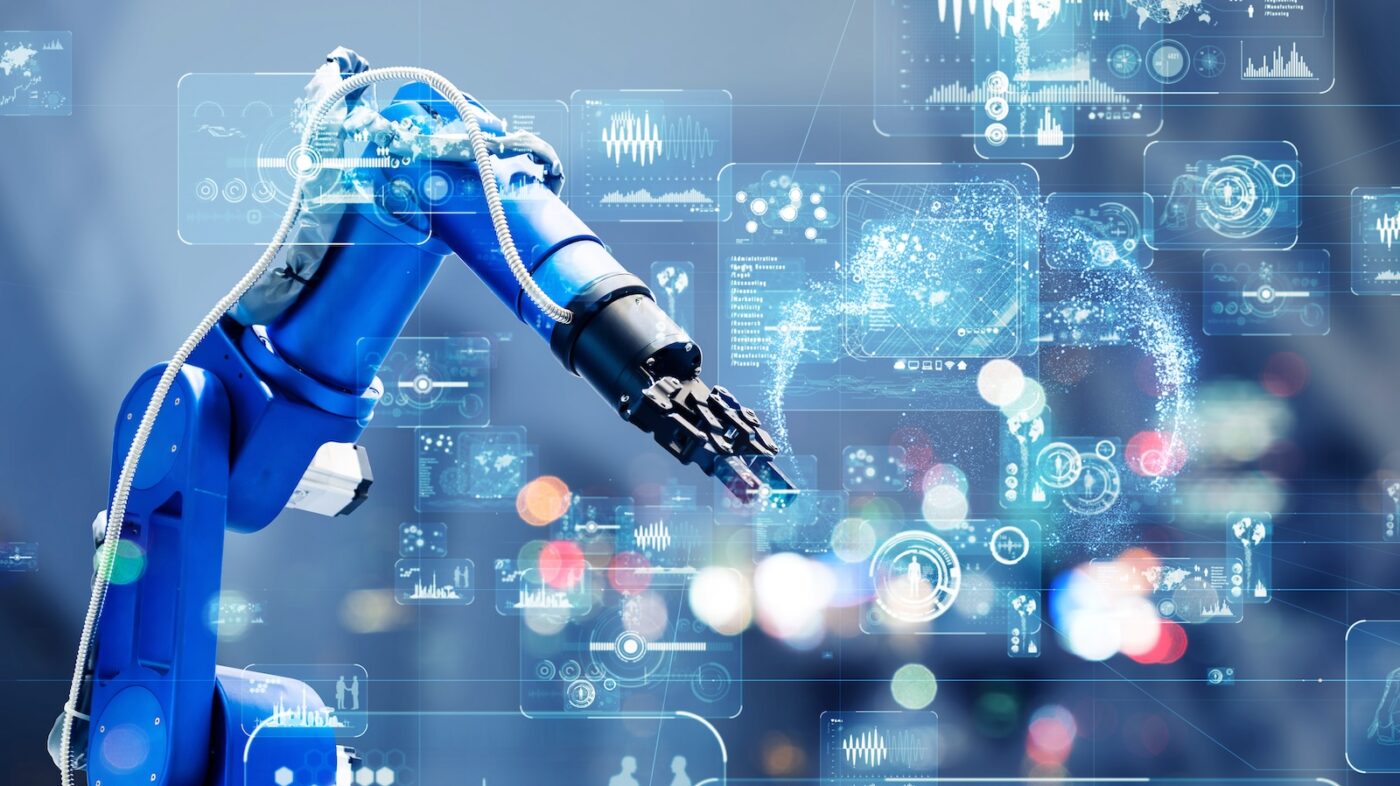Deep Robotics and Arm Power the Future of Autonomous Mobility

Imagine a future where robots navigate rough terrain with animal-like agility, handling dangerous or repetitive tasks, like inspecting damaged power lines or searching disaster wreckage, so humans don’t have to. Deep Robotics’ quadruped robots, already revolutionizing industrial inspections and emergency rescues, hint at a world where physical AI-based humanoid robots integrate into our daily lives, enhancing safety and efficiency in ways we have yet to fully comprehend. As these robots evolve, their potential to transform industries and improve human life becomes limitless.
Embodied AI and quadruped robot technology
Founded in 2017, Deep Robotics has quickly emerged as a leader in embodied AI and quadruped robot technology. With over 15 years of experience in robotic motion control, the team at Deep Robotics developed its own full-stack motion control system from the ground up, resulting in unmatched precision and flexibility for complex environments.
From industrial inspections to emergency rescue and scientific exploration, Deep Robotics’ quadruped robots are actively deployed in challenging real-world conditions across China, Southeast Asia, and beyond.
Engineering smarter mobility with Arm and Deep Robotics
At the core of Deep Robotics’ success is a dedicated motion control system—responsible for synchronizing 12 individual motors across four legs to replicate the balance, agility, and adaptability of animal locomotion. Achieving this level of dynamic movement requires not only mechanical precision but also high-efficiency computing in a compact form.
Originally built using x86-based platforms, Deep Robotics faced limitations in power efficiency, heat dissipation, and development flexibility. Transitioning to Arm-powered Rockchip RK3588 SoCs marked a turning point.
Why build AI-based robots using Arm?
- Lean, clean software stack: Arm’s architecture allowed Deep Robotics to adopt a streamlined Linux-based system with minimal dependencies, ideal for running custom-developed motion control algorithms and reinforcement learning models.
- Energy efficiency: Compared to legacy Intel platforms consuming ~30 watts, Arm-based systems now draw just over 10 watts. This drastic improvement in power consumption and heat management enables longer operating times, smaller batteries, and simplified cooling.
- Compact performance: A single Arm-based SoC runs all 12 motors, controlling movement modes like standing, walking, and running. Even with reinforcement learning-based motion controllers, the RK3588 chip provides ample performance headroom for additional features.
“The beauty of using Arm is that it’s clean, efficient, and powerful enough to run everything we need—without the complexity and overhead,” said the Head of Overseas Marketing at Deep Robotics.
Platform evolution from quadruped to humanoid
Deep Robotics currently offers two primary platforms:
- Lite 3: A compact platform with a 5–7 kg payload for research and light-duty applications.
- X30: A robust industrial platform supporting a 25 kg payload, 4-hour runtime, and IP67 weather protection—used widely in power stations, tunnels, and railways.
Looking ahead, Deep Robotics is applying its legged-motion control expertise to develop an AI-based, humanoid robot. The lower body—powered again by Arm technology—will feature the same agility and stability proven in quadrupeds, while offering partners flexibility to build custom upper-body tools or applications.
“Every motion, every step will be driven by an Arm CPU. Arm will continue to play a significant role behind the scenes as we scale into humanoid robots,” said the Head of Overseas Marketing.
Smarter inspections with AI
One standout example of Deep Robotics’ technology in action is their partnership with R2C2, which piloted robotic train inspections in Hong Kong. Two AI-based robot dogs patrolled from either end of a train using cameras and computer vision to detect safety issues—reducing the need for manual labor in high-traffic environments.
“This is where Arm’s power efficiency really shines. We’re not just building robots that move—we’re enabling smarter, safer automation in places where humans can’t easily go,” said the Head of Overseas Marketing.
Arm is more than just a processor
Arm’s role in Deep Robotics’ success goes beyond silicon:
- Ecosystem Support: With wide Linux compatibility and support for AI toolchains, Arm platforms accelerate development timelines and ease system integration.
- Scalability: The same Arm architecture scales from motion control chips to companion compute units like NVIDIA Jetson, used for autonomy and perception.
- Innovation Enabler: By reducing heat, power, and hardware complexity, Arm makes it easier to design robots for harsh environments and longer missions.
The road ahead for physical AI-based robots
Deep Robotics is doubling down on its mission: keeping people out of harm’s way by automating risky, repetitive, or remote tasks. As the company expands from quadrupeds to humanoids and continues to optimize its platforms, Arm remains a trusted partner powering the core of every movement.
“With Arm, we get performance, efficiency, and flexibility—all critical for scaling intelligent robotics,” said the Head of Overseas Marketing. “And that’s just the beginning.”
Any re-use permitted for informational and non-commercial or personal use only.












